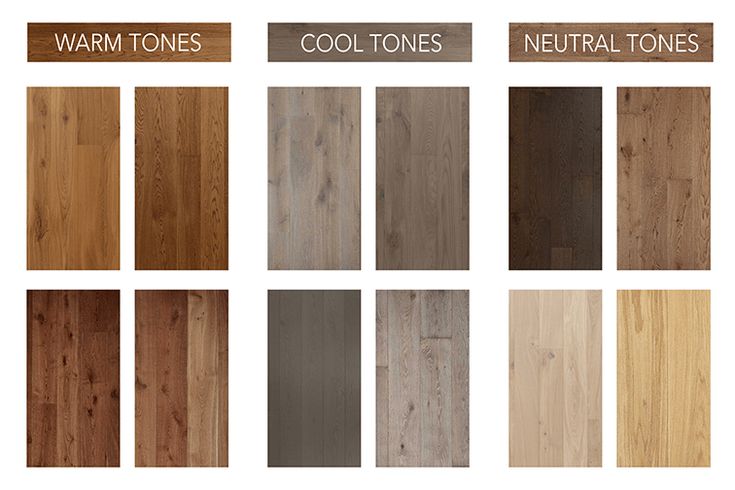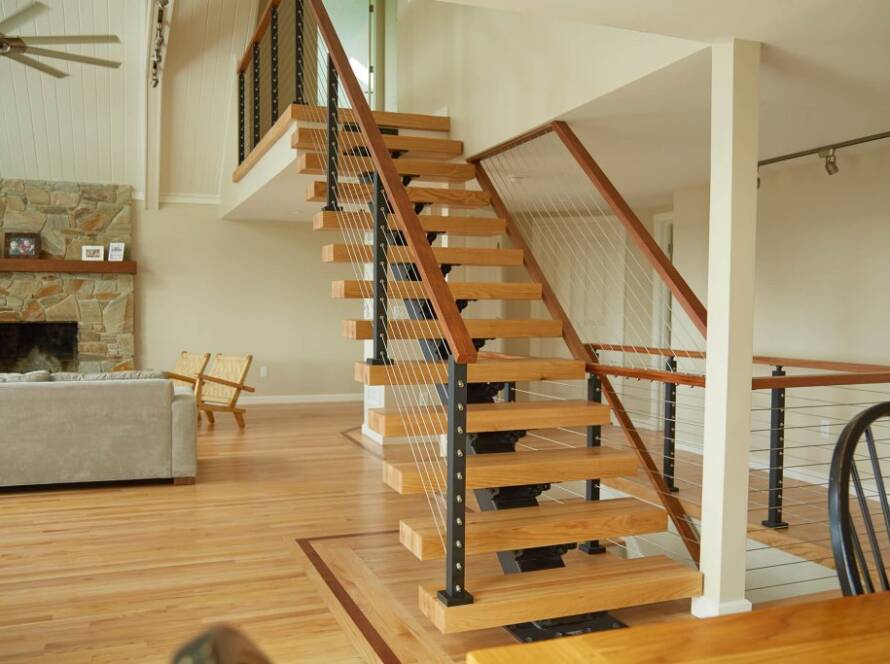The floor colour you choose to install is the foundation of your home’s design. That isn’t a decision to take lightly as it will play into every design decision you make thereafter. Today, we’ll be sharing the best tips to learn how to choose a flooring colour that focuses on design, clean-ability, and long term functionality!
Suppose you’re wondering how to pick a flooring colour that will spruce up your space without taking away from other design features. In that case, you’ll want to consider how to customize your flooring type, match furniture pieces and choose a colour for your room’s overall purpose.

Purpose and Users
The colour of flooring you pick will depend on your room’s overall purpose. Whether your room will be for your kids, pets or yourself, the colours play an essential role in matching the room’s functionality.
Consider the following:
- Specific design features: If you want your furniture to take centre stage, use natural colours that will serve as a beautiful base. Choose bolder colours like red tones to reflect luxury and match colonial furnishings or brown tints to match a country-style decor. Ideally, you want the floor to be the backdrop rather than stealing the attention from your selected design elements.
- Functional materials: Always think about the function of your space before picking a floor type and colour. If you have pets or kids, you’ll want flooring that’s durable, affordable and customizable. Some materials only come in certain shades, like hardwood, so you should note that as you browse materials.
- Purpose of the room: The function of your room will inform what colours you use for flooring. Select fun and bright colours for an adventurous playroom for your kids. If you’re designing a home office, choose light colours for a clean and simple aesthetic that won’t be distracting.
Contrasting and Complementing Colours
When deciding on a floor colour, think about the colour of your furniture.
While matching colours can feel too uniform, colours that are too contrasting might be harsh on the eye or create a cluttered feel. It’s important that your flooring complements the colour of your decor and you strike a balance between other colours and features in your room.
If you need flooring in several connecting rooms in your home, decide how you’d like each room to combine through colour. Using the same floor colour can create a sense of flow and unify the rooms. Choosing a different colour for each room can establish separate living spaces.
Think of the bigger picture in terms of your home’s layout as you pick a colour.
Mood
The overall feel of your room is vital to think about before deciding on a floor colour.
If cool-toned, darker flooring creates a formal feeling, while dark colours with warm tones can create a cozy atmosphere. Alternatively, pale, cool-toned floor colours will make your room feel airy and bright.
If you’d like to feel less cramped in a smaller room, try breathable light colours to create openness. For a sunny, happy feel, try a floor colour with shades of yellow. If you’d like a relaxing, peaceful environment, try light grey or light-toned wood.
To emulate class and elegance, black or red are great options. These colours can also give the room a powerful or dramatic edge. An interior using brown colours can give the room a cozy, natural and rustic feel.
These are just a few examples of how certain tones can impact how a room appears. Be sure to play around with different swatches to see how various colours make you feel.


